The bald eagle is named for the conspicuous white head of
the adult bird. It was named by American colonists at a time
when bald (or ‘balled’) meant white, not hairless. It takes
about five years for the distinctive white plumage of both
head and tail to gradually develop. Immature bald eagles are a
mottled brown and white, and the young birds have a black beak
as opposed to the adult’s yellow beak. As with many raptors,
females are larger than males.
The bald eagle is Alaska’s largest resident bird of prey
with a wing span of up to 7.5 feet (2.3 m) and weight between
8 to 14 pounds (3.6 – 6.4 kg).
Found only in North America, bald eagles are more abundant
in Alaska than anywhere else in the United States. The Alaska
population is estimated at 30,000 birds.
These magnificent birds, recognized for their biological
importance as scavengers and predators in the natural world,
are much admired for their beauty. A national emblem of the
United States since 1782, they have been a spiritual symbol
for Alaska Natives far longer than that.
Subscribe to:
Post Comments (Atom)

.jpg)




 Alaska Time
Alaska Time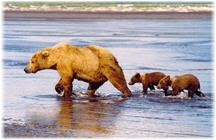








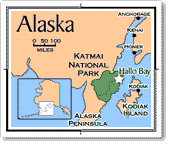

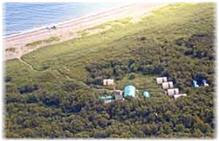


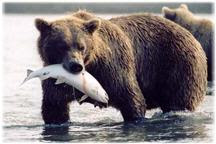
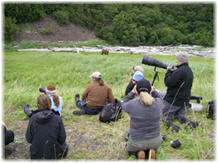




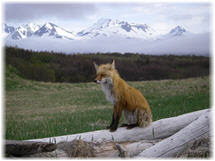


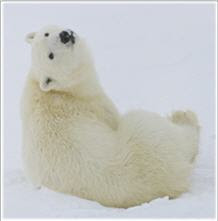













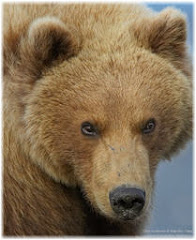




No comments:
Post a Comment